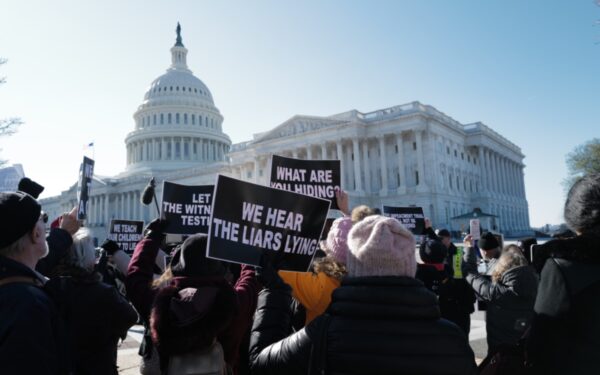A personal view from Ian Stewart, Deloitte’s Chief Economist in the UK. To subscribe and/or view previous editions just google ‘Deloitte Monday Briefing’
There’s no doubt that growth in the West is slowing. The question is whether the slowdown could turn into a recession. Last month the US yield curve, a key gauge of future US growth, temporarily dipped into recessionary territory for the first time in ten years.
It barely caused a ripple elsewhere, but in the world of economics an inverted yield curve is big news. This week’s Briefing asks whether the yield curve is signalling that tougher times lie ahead for the global economy.
The yield curve measures the gap between the interest rates (or yields) on three-month and ten-year government bonds. Central banks largely determine short-term interest rates. Long-term yields are influenced by market expectations for growth and inflation.
When markets anticipate a slowdown, expectations for growth and inflation fall, dragging down ten-year yields. In the jargon this is a flattening of the yield curve. When ten-year yields fall further, below three-month rates, as they did in the US briefly last month, the curve is inverted. This signals that markets think that short-term interest rates are too high.
Each of the last seven US recessions have been preceded by an inverted curve. This is an indicator with form. So how serious are the risks this time?
Some think the yield curve no longer works as an indicator of recessions. They point out that bond yields have been falling for more than a quarter of a century, driven by a series of secular forces. Demand for bonds has soared as central banks have hoovered them up via Quantitative Easing. Pension funds and banks have had to increase their holdings of bonds for regulatory reasons. Increased demand means lower yields or interest rates on bonds. Falling long-term expectations for growth and inflation have added to the downward pressure on yields. To the sceptics, a long-term decline in bond yields means that the yield curve has lost its power to forecast recessions.
Yet we should not write it off altogether. After all, the yield curve has a better record of forecasting recessions than economists, or the Federal Reserve. The argument that new forces are reducing the supply of bonds, or increasing the demand for them, have been around for at least 20 years. That didn’t stop the yield curve from signalling the last three US recessions.
So where does that leave the outlook for US growth? On average, economists see the US growing by a respectable 2.4% in 2019 and 2.0% in 2020. But the risks of things turning out weaker have increased. The Cleveland Federal Reserve’s model, based on the yield curve, assigns a 30% probability to the US falling into recession in the next 12 months. That is the highest probability since before the financial crisis.
Two things would need to happen to make us significantly more nervous on US growth.
First, the yield curve would need to stay inverted for far longer than the few days that were seen in March. Most recessions are preceded by several months of yield curve inversion.
Second, other lead indicators for the US would need to turn weaker. Measures of equity market volatility, financial stress, credit conditions and jobless claims do not signal a recession.
Yet, whatever the ifs and buts, a negative yield curve is not good news. As such, it adds to the case for the Federal Reserve to keep US monetary policy looser for longer. It is no surprise that financial markets’ expectations for US interest rates have fallen sharply in the last six weeks.
It’s far too early to predict a recession. But it’s not too early to worry about one.



